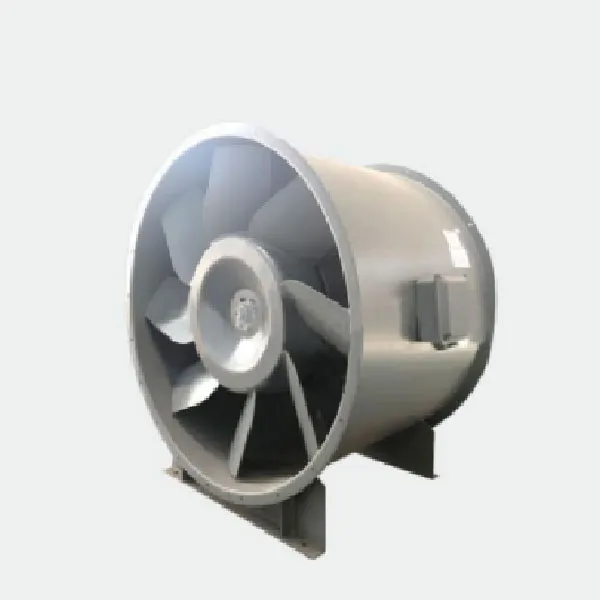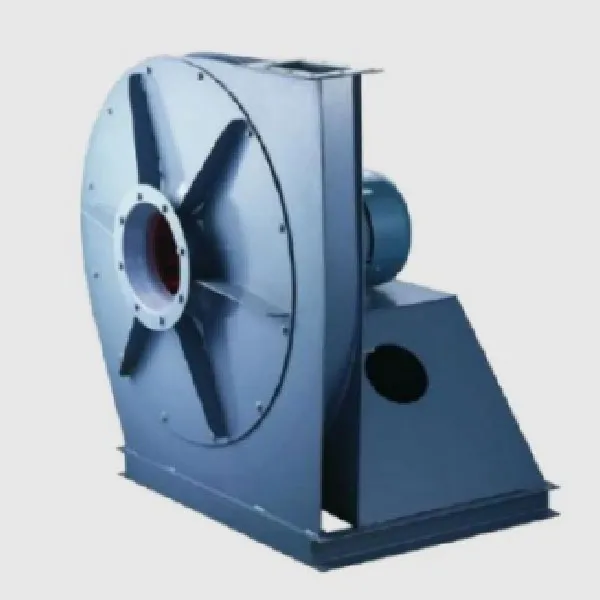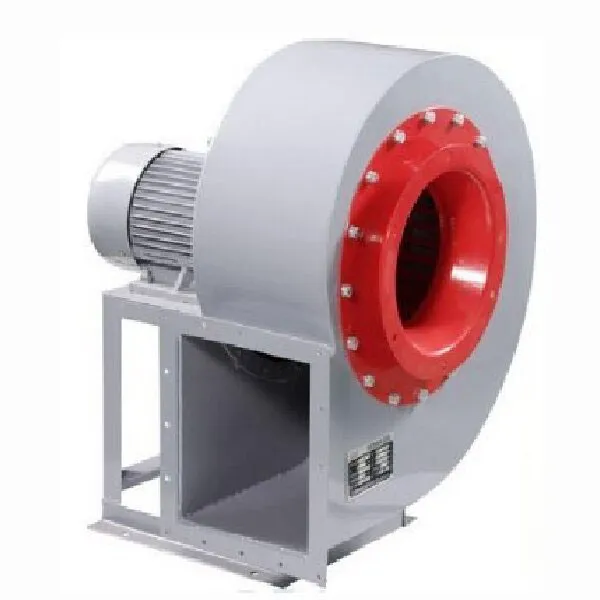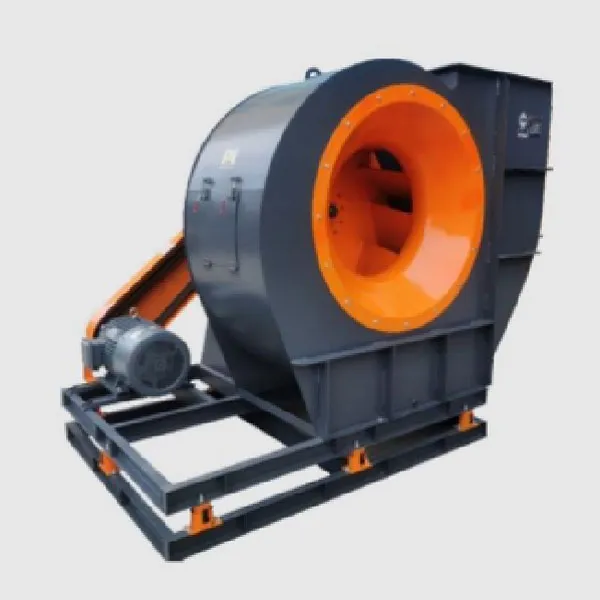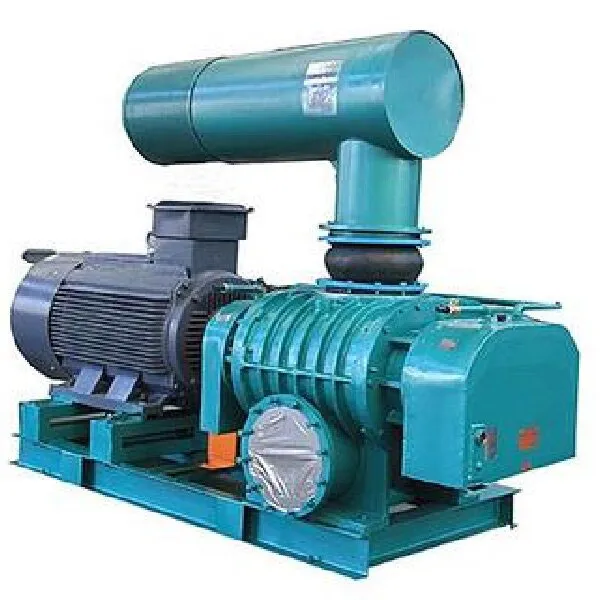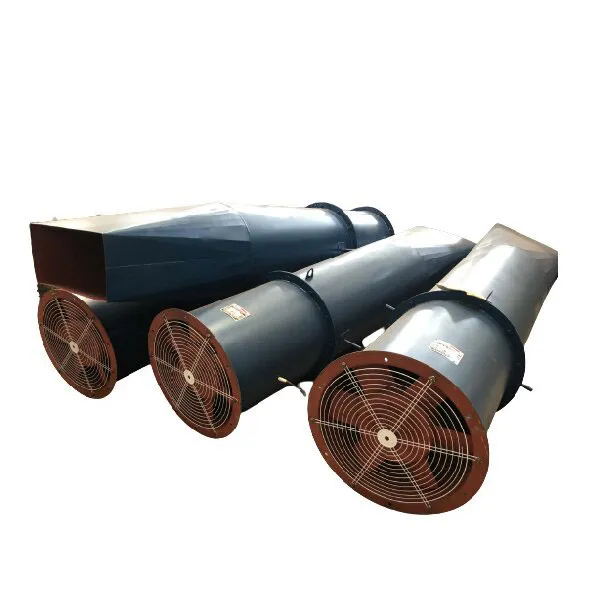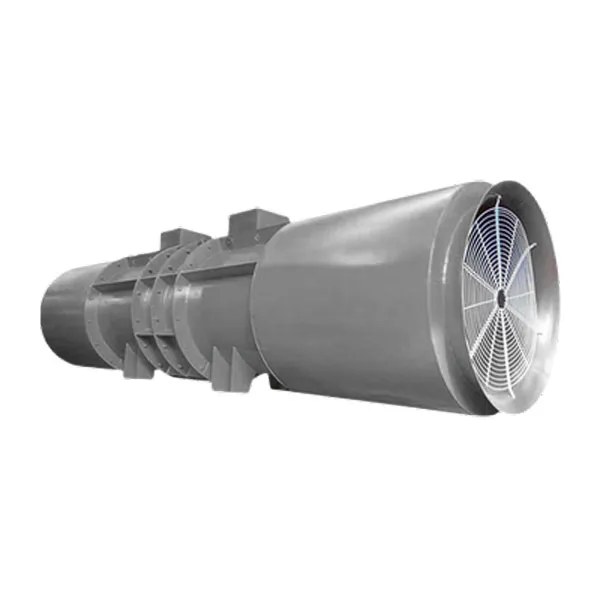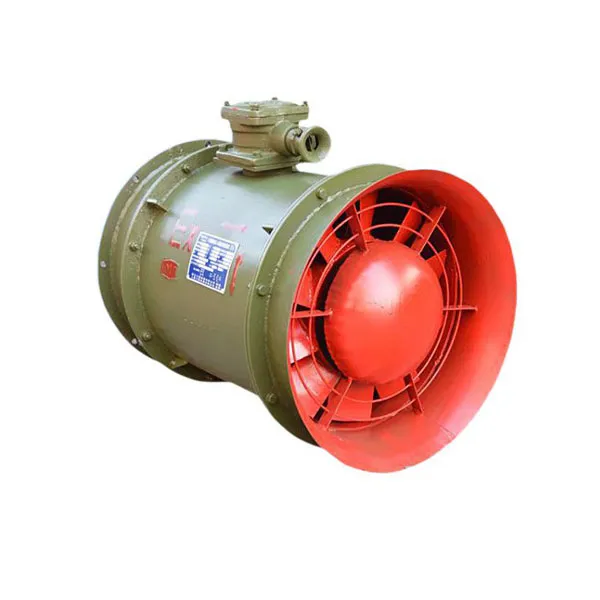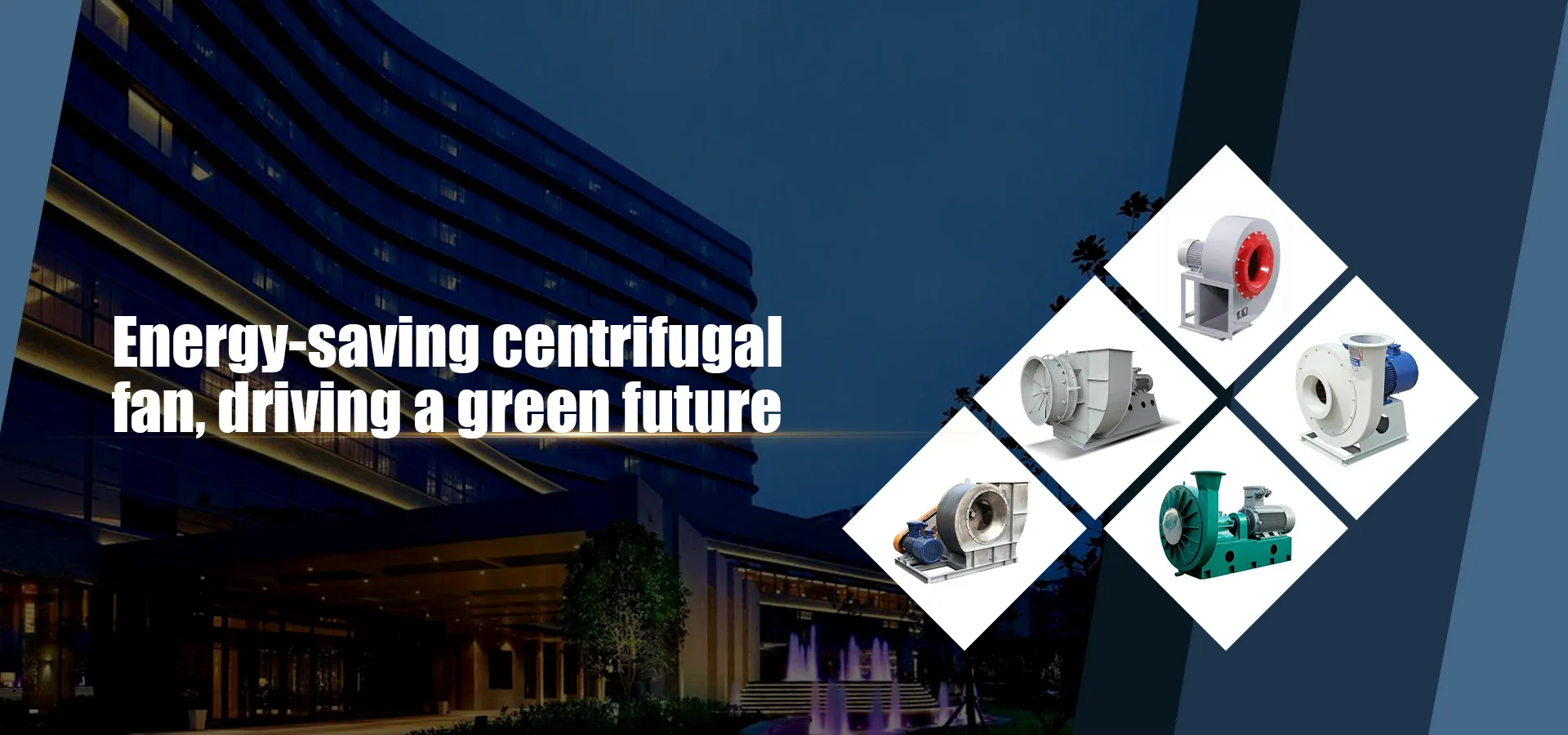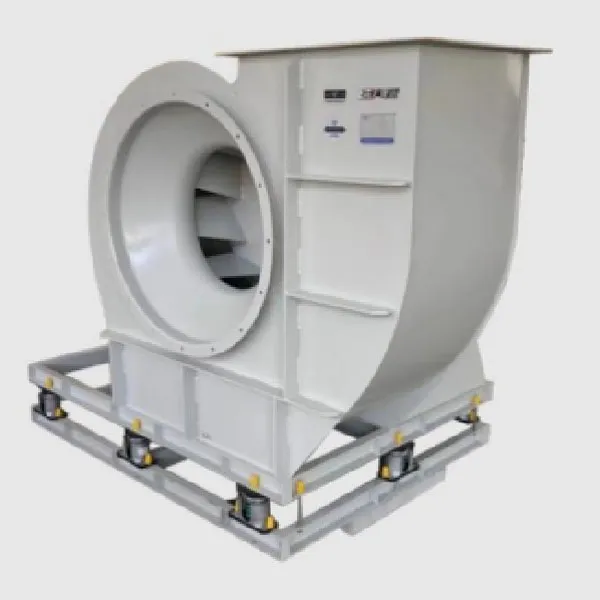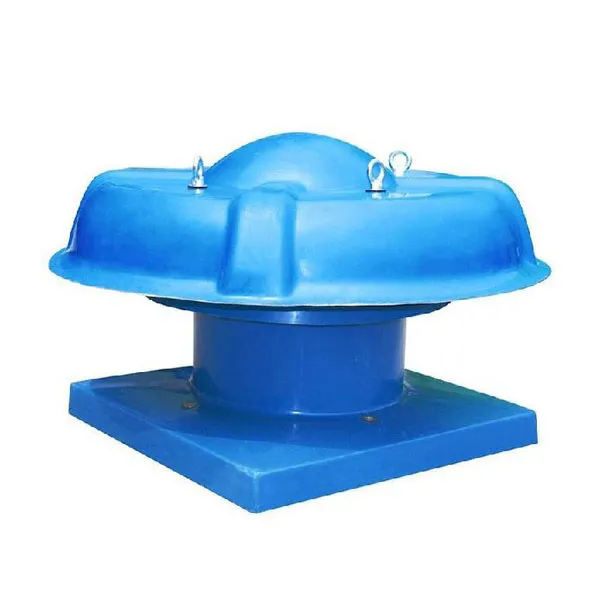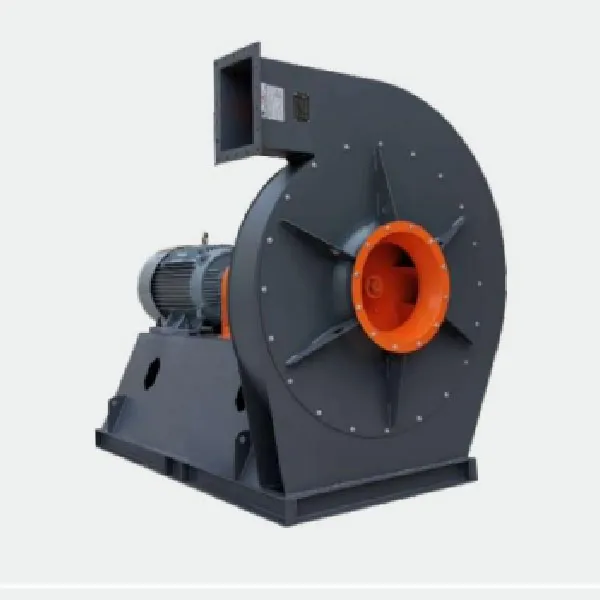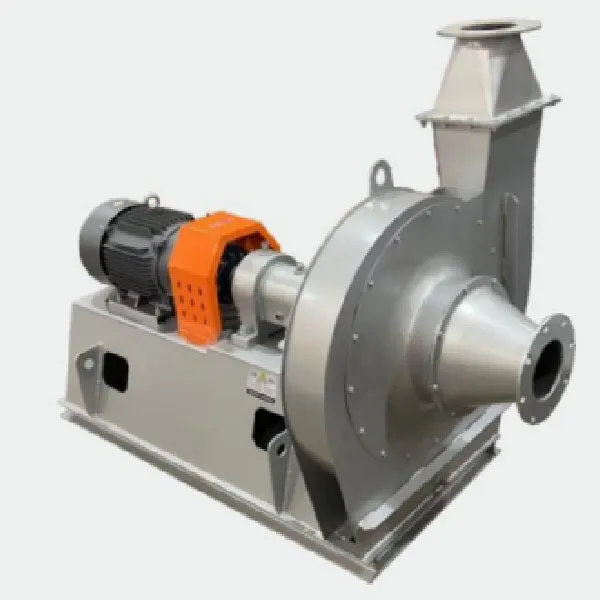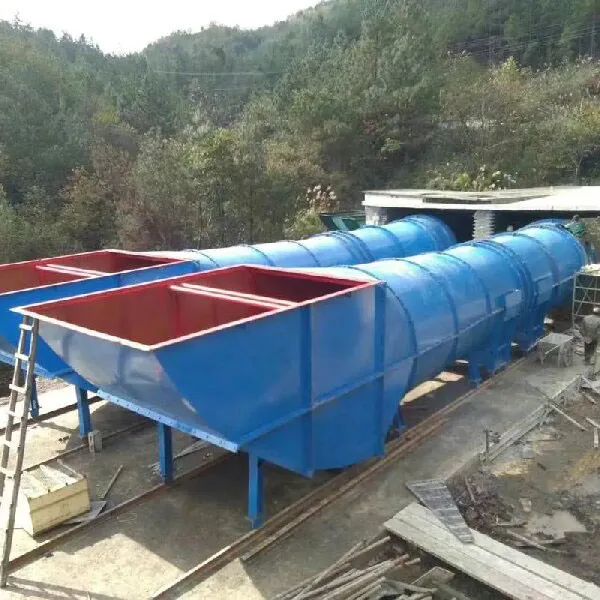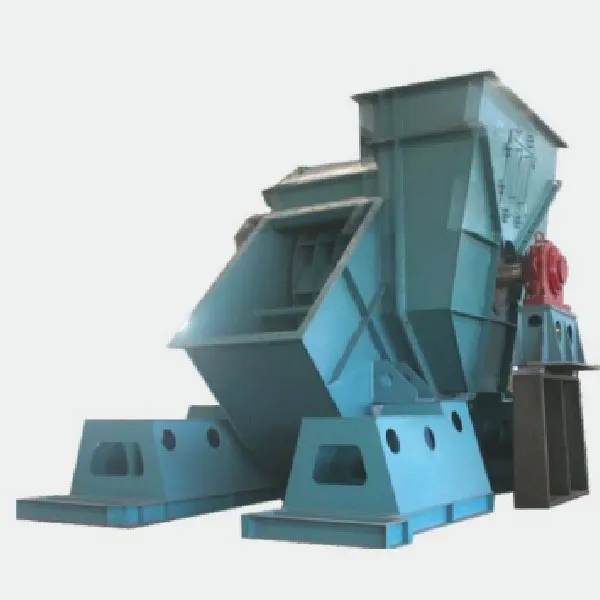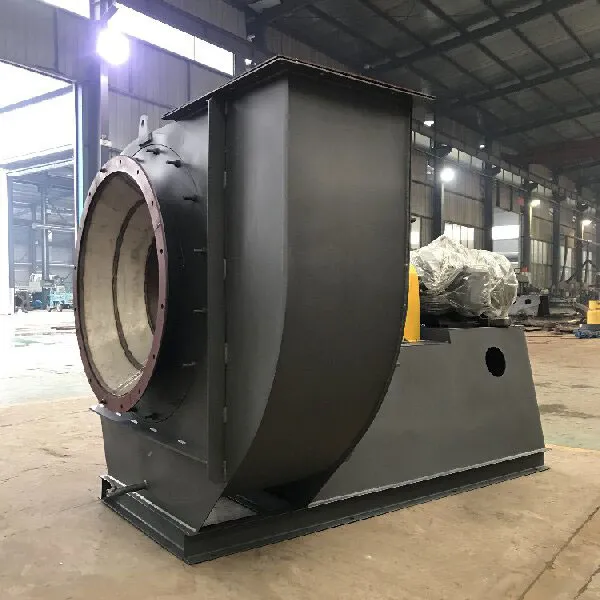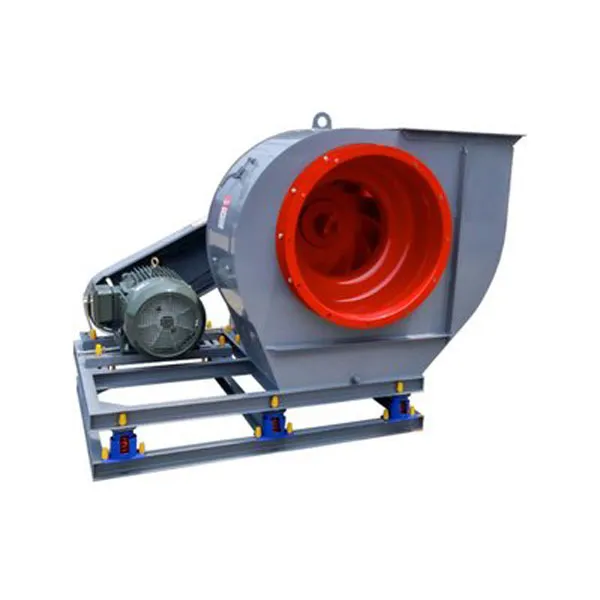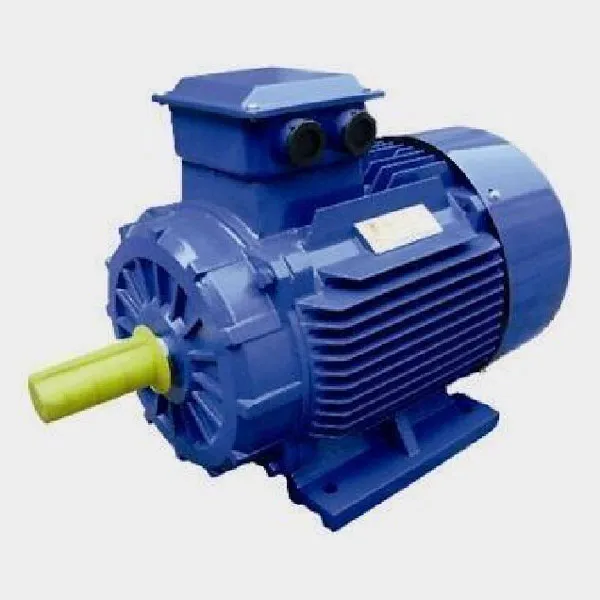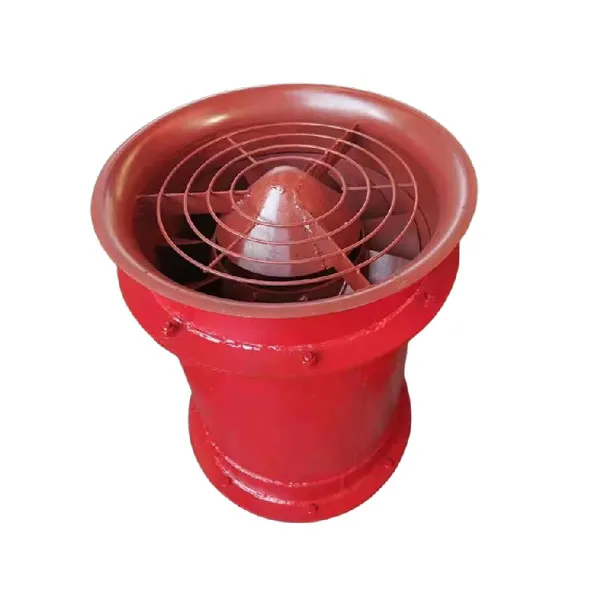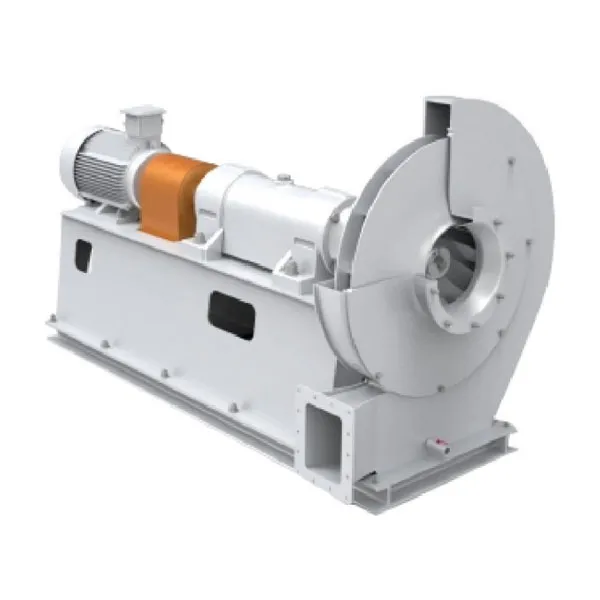*-=-*h1#-=-#Understanding Forward Curved Centrifugal Fans*-=-*/h1#-=-#*-=-*p#-=-#At first glance, the *-=-*strong#-=-#forward curved centrifugal fan*-=-*/strong#-=-# might seem straightforward, but there’s more complexity under the hood than most people expect. These fans have particular characteristics that can be misunderstood, leading to inefficiencies if not handled properly. From my experience working with various industrial fan systems, including the diverse offerings at Zibo Hongcheng Fan Co., Ltd., I’ve encountered both the pitfalls and advantages of these machines.*-=-*/p#-=-#*-=-*h2#-=-#The Basics of Forward Curved Centrifugal Fans*-=-*/h2#-=-#*-=-*p#-=-#To kick things off, let's dive into what makes a *-=-*strong#-=-#forward curved centrifugal fan*-=-*/strong#-=-# tick. These fans are distinct due to their forward-curving blades which enhance their ability to move air at low pressures but high volumes. A common application is in HVAC systems where quiet operation is crucial. In several projects with Zibo Hongcheng Fan Co., Ltd., we’ve deployed these fans in environments demanding both efficiency and low noise levels.*-=-*/p#-=-#*-=-*p#-=-#One aspect many overlook is the fan’s tendency to draw more power as the system resistance decreases. I learned this the hard way when early on, we pushed one beyond its stable operations, leading to performance dips and increased energy consumption. It was a valuable lesson in always weighing system resistance.*-=-*/p#-=-#*-=-*p#-=-#Fans aren't just about airflow; temperature handling is key. The forward curved blades can handle variations in temperature gracefully, a factor I've seen play a critical role, especially when integrating them into larger systems with varying operational environments.*-=-*/p#-=-#*-=-*h2#-=-#Real-World Applications and Benefits*-=-*/h2#-=-#*-=-*p#-=-#Applications in heating and ventilation systems are abundant. During a collaboration on a ventilation overhaul with a substantial mineral processing facility, we opted for forward curved fans specifically for their compact design and efficiency. The installation was seamless partly because of their quiet operation—true lifesavers in noise-sensitive spaces.*-=-*/p#-=-#*-=-*p#-=-#However, there’s a catch. These fans are incredibly efficient at moving massive volumes, but they can struggle under higher pressure conditions. It's a nuance that requires balancing when designing systems, something that Zibo Hongcheng Fan Co., Ltd. considers thoroughly with each of its custom configurations.*-=-*/p#-=-#*-=-*p#-=-#I've also noted the ease of maintenance as a significant upside. Given their structural setup, these fans often require less maintenance, reducing downtime—undoubtedly an advantage in continuous operation settings we often encounter in large industrial setups.*-=-*/p#-=-#*-=-*h2#-=-#Common Missteps and How to Avoid Them*-=-*/h2#-=-#*-=-*p#-=-#From practical experience, misjudging the blade curvature’s impact on airflow can lead to an underperforming system. I’ve seen well-intentioned designs falter simply because the fan type didn’t match the system’s resistance profile. This mismatch can result in unwanted turbulence and airflow issues.*-=-*/p#-=-#*-=-*p#-=-#A detailed assessment can prevent such issues. Zibo Hongcheng Fan Co., Ltd., with its extensive range covering over 50 series, emphasizes choosing the right fan for the right environment. These selections are crucial to avoiding common pitfalls.*-=-*/p#-=-#*-=-*p#-=-#Integrating feedback loops in design stages aids greatly in mitigating these problems. We've adopted this in our practice, ensuring simulations and actual performance align before fully committing a fan to its role.*-=-*/p#-=-#*-=-*h2#-=-#Integrating Technological Advances*-=-*/h2#-=-#*-=-*p#-=-#Another angle worth exploring, albeit cautiously, is the incorporation of smart controls. Automation can bring about efficiency gains, but it also introduces complexity. We’ve tested such integrations to balance airflow and energy use effectively.*-=-*/p#-=-#*-=-*p#-=-#In a controlled trial with Zibo Hongcheng Fan Co., Ltd., implementing smart systems allowed us better dynamic control, especially important in fluctuating industrial environments. The technology, however, isn’t foolproof and requires a robust underlying understanding of both the fans and the systems they integrate with.*-=-*/p#-=-#*-=-*p#-=-#Moreover, these systems require up-to-date maintenance and understanding, ensuring that the potential for energy savings and efficiency isn’t lost to oversight or system disconnects.*-=-*/p#-=-#*-=-*h2#-=-#The Future and the Environmental Angle*-=-*/h2#-=-#*-=-*p#-=-#When it comes to environmental considerations, optimizing fan efficiency can contribute significantly to energy savings. By selecting the appropriate *-=-*strong#-=-#forward curved centrifugal fan*-=-*/strong#-=-#, it’s possible to minimize waste while maintaining effective system performance.*-=-*/p#-=-#*-=-*p#-=-#Our footprint on projects has been notably reduced by implementing energy-efficient models from Zibo Hongcheng Fan Co., Ltd., aligning with global sustainability goals. This not only enhances system performance but also contributes positively to eco-conscious objectives.*-=-*/p#-=-#*-=-*p#-=-#Finally, as industry demands evolve, so must our approach. There is no one-size-fits-all solution. Continuous learning and adaptation remain paramount, ensuring that each fan not only meets immediate needs but also aligns with future innovations and environmental standards.*-=-*/p#-=-#*-=-*br/#-=-#









